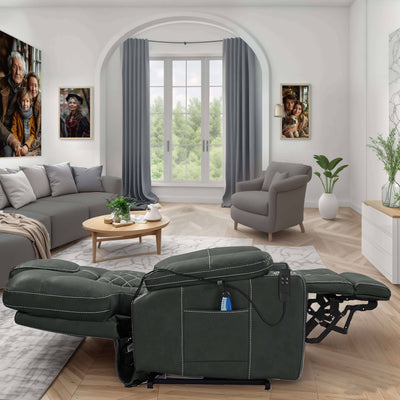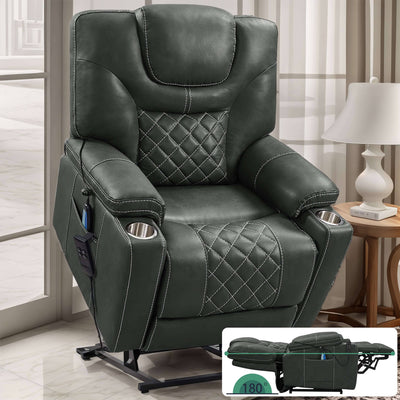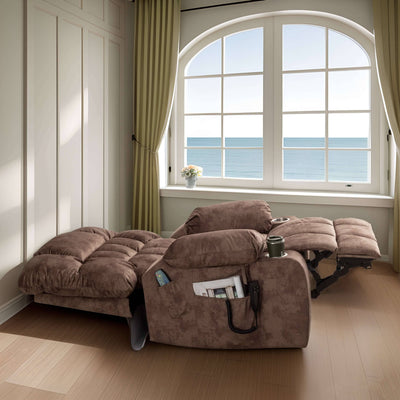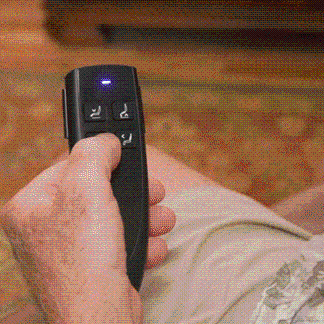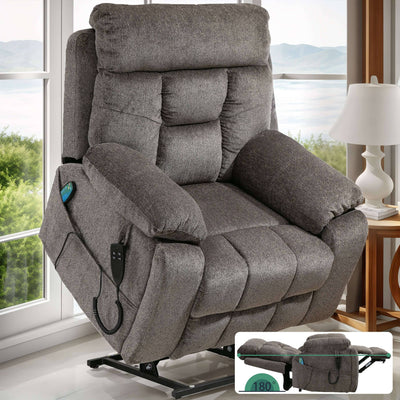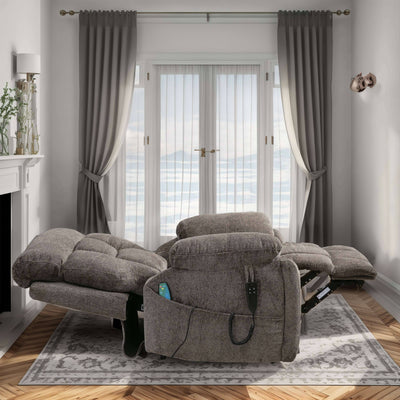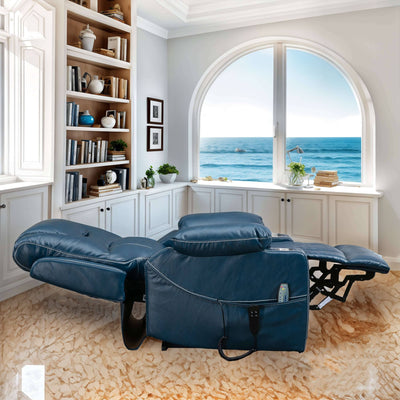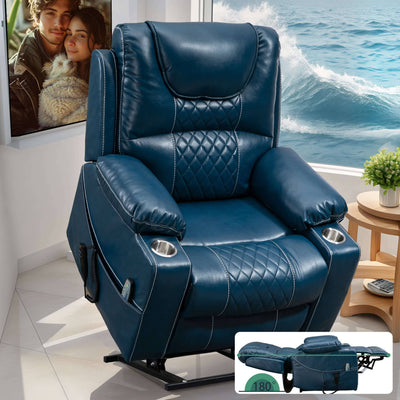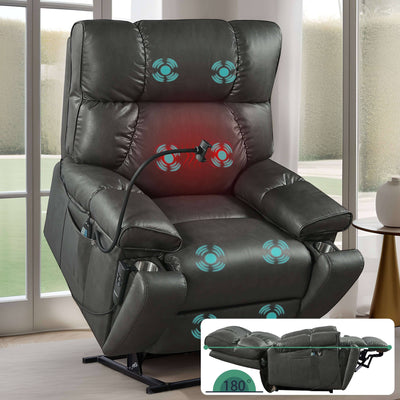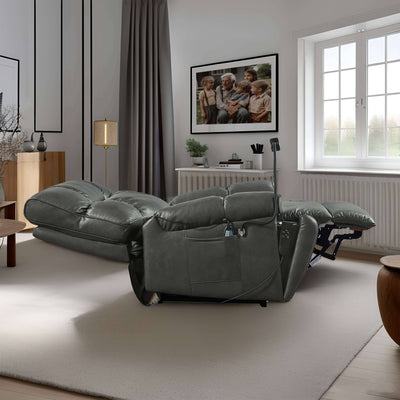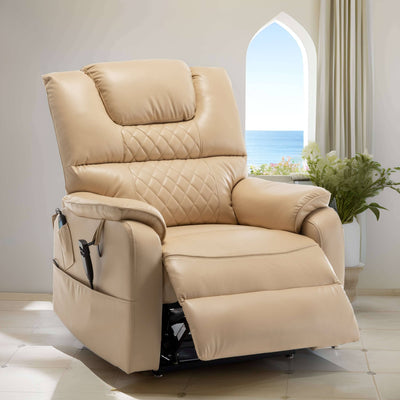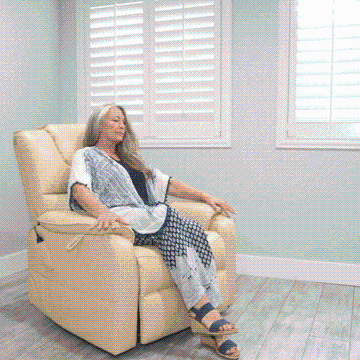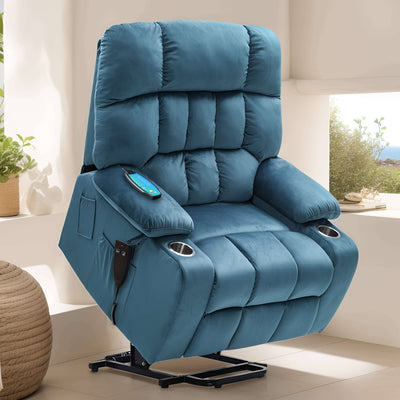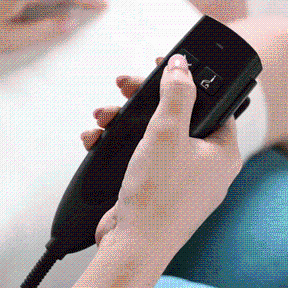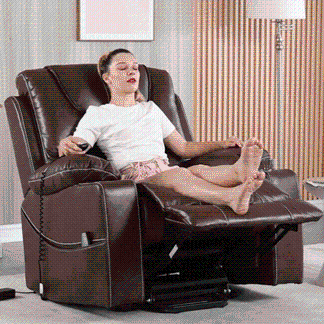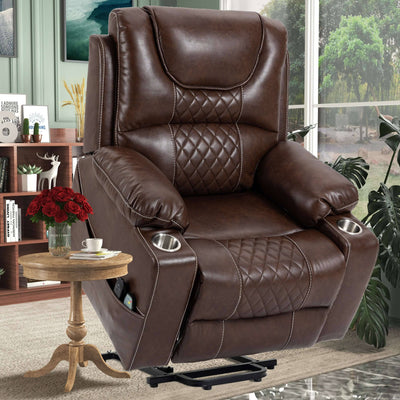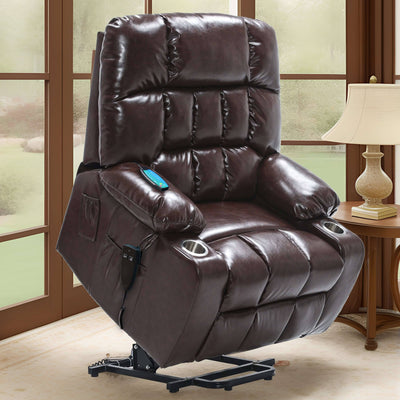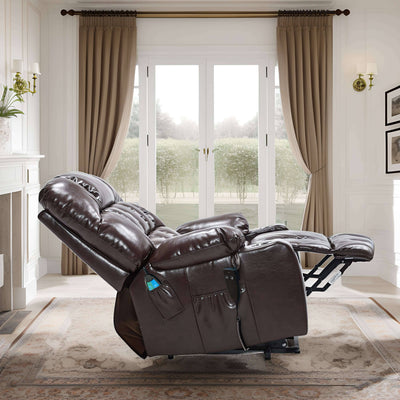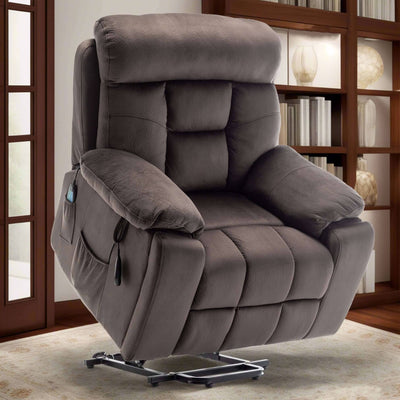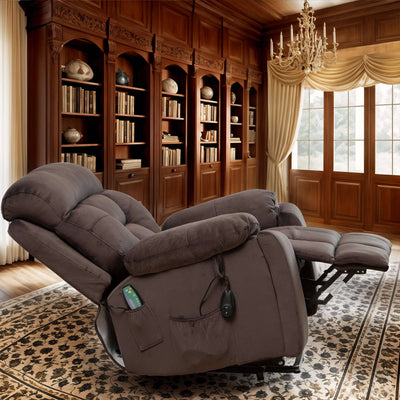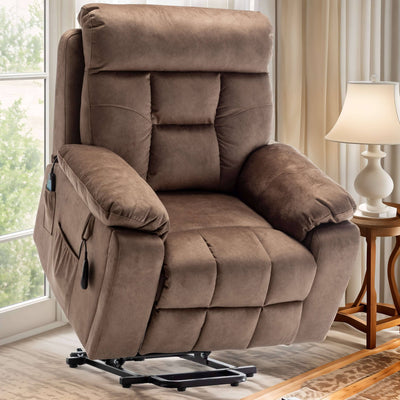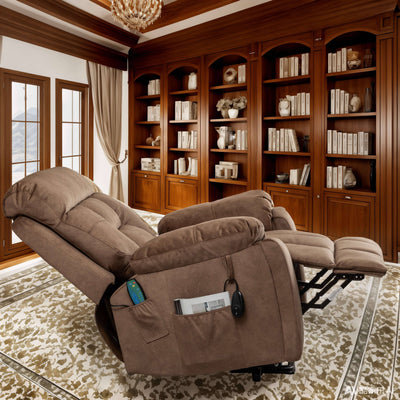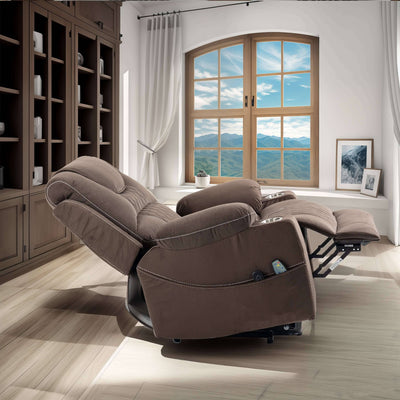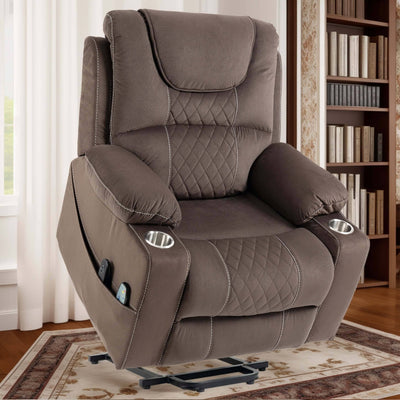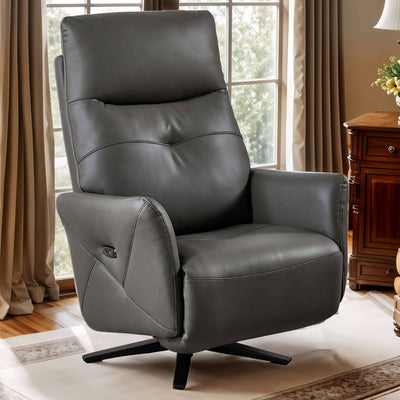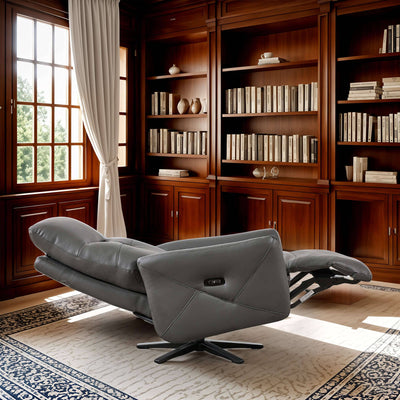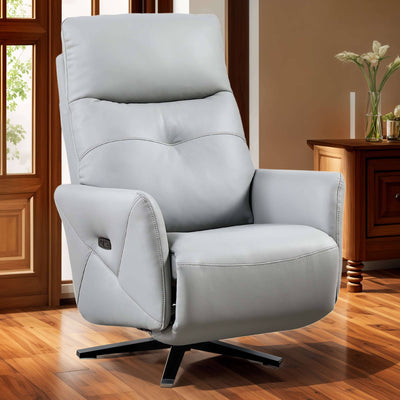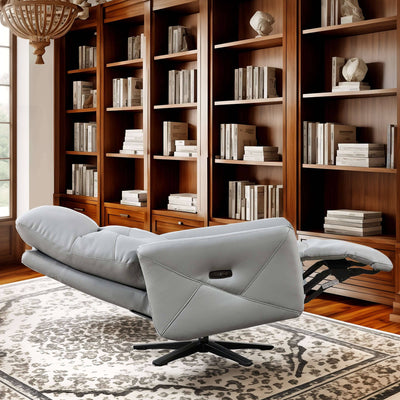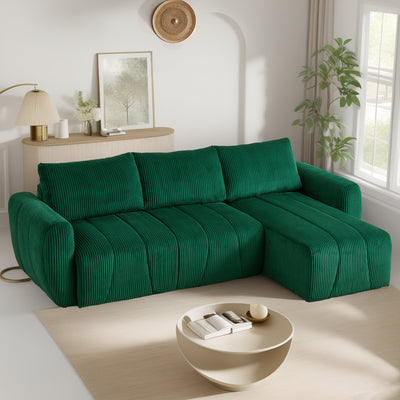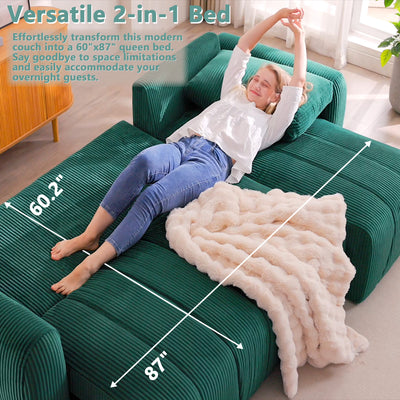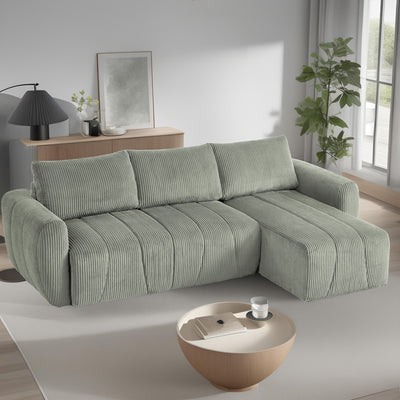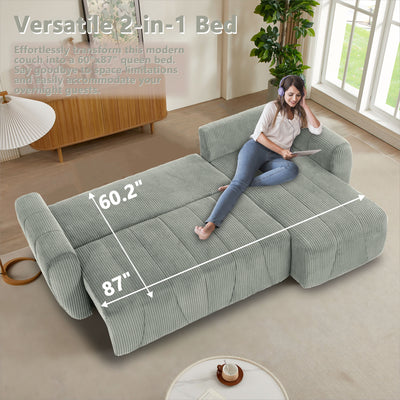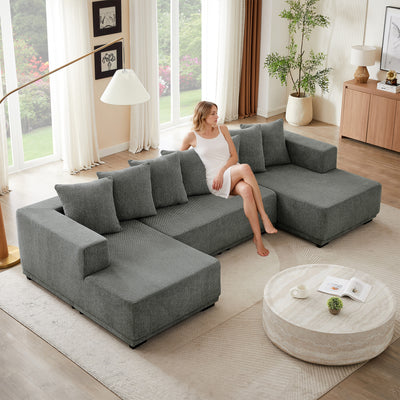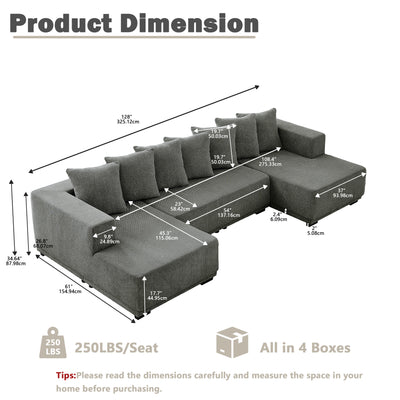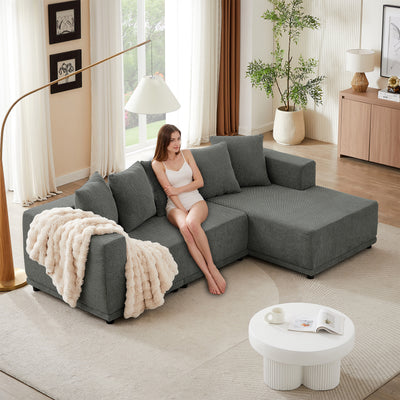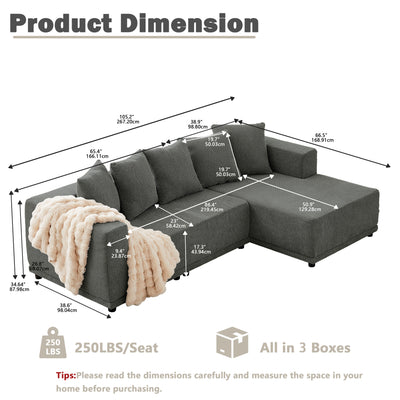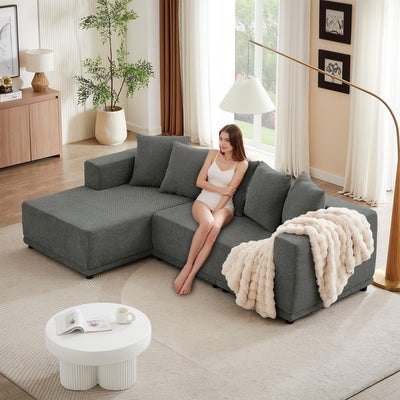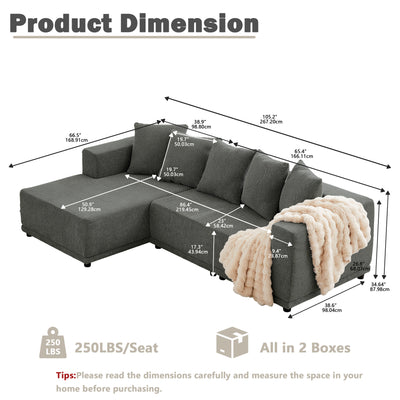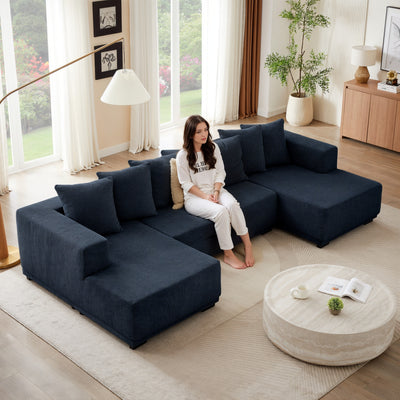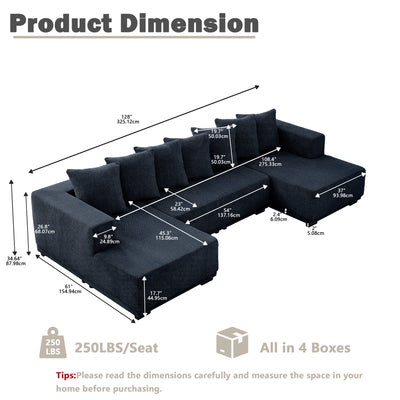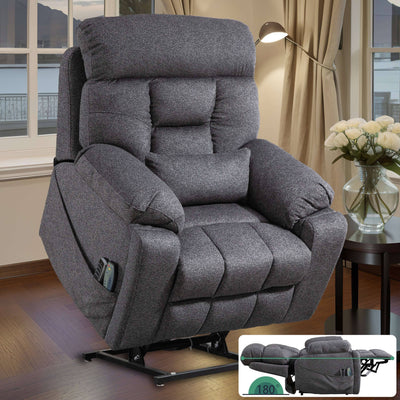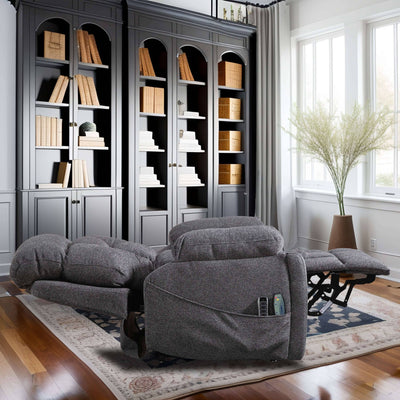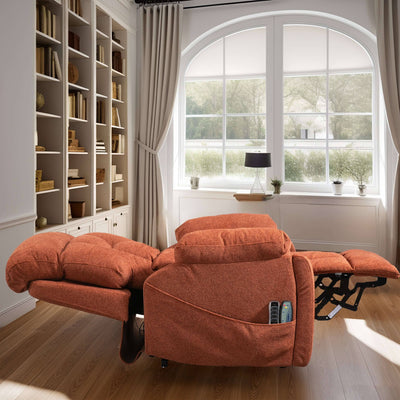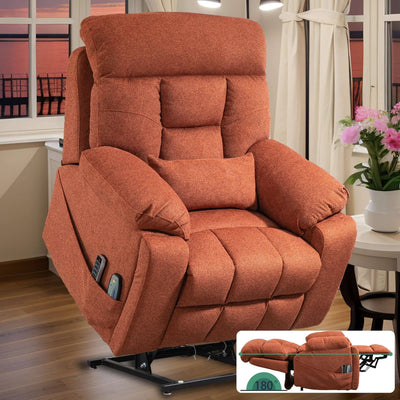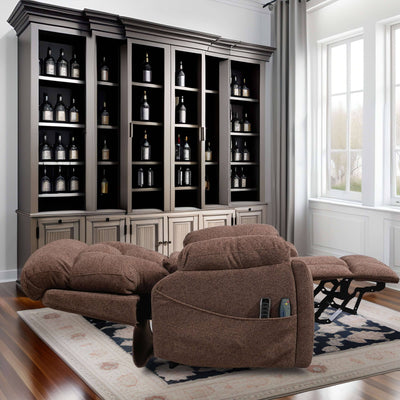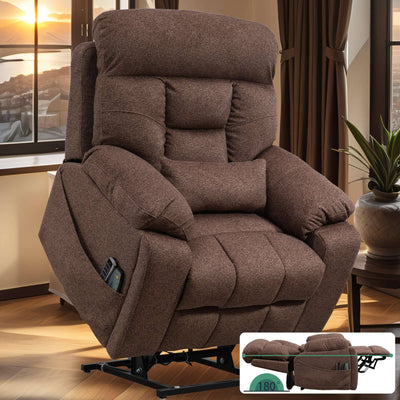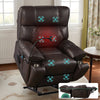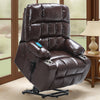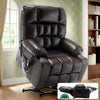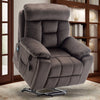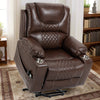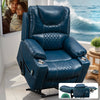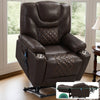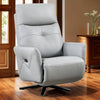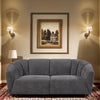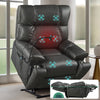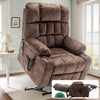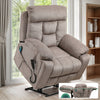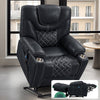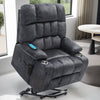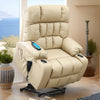🎅Christmas Exclusive 55% 🎄
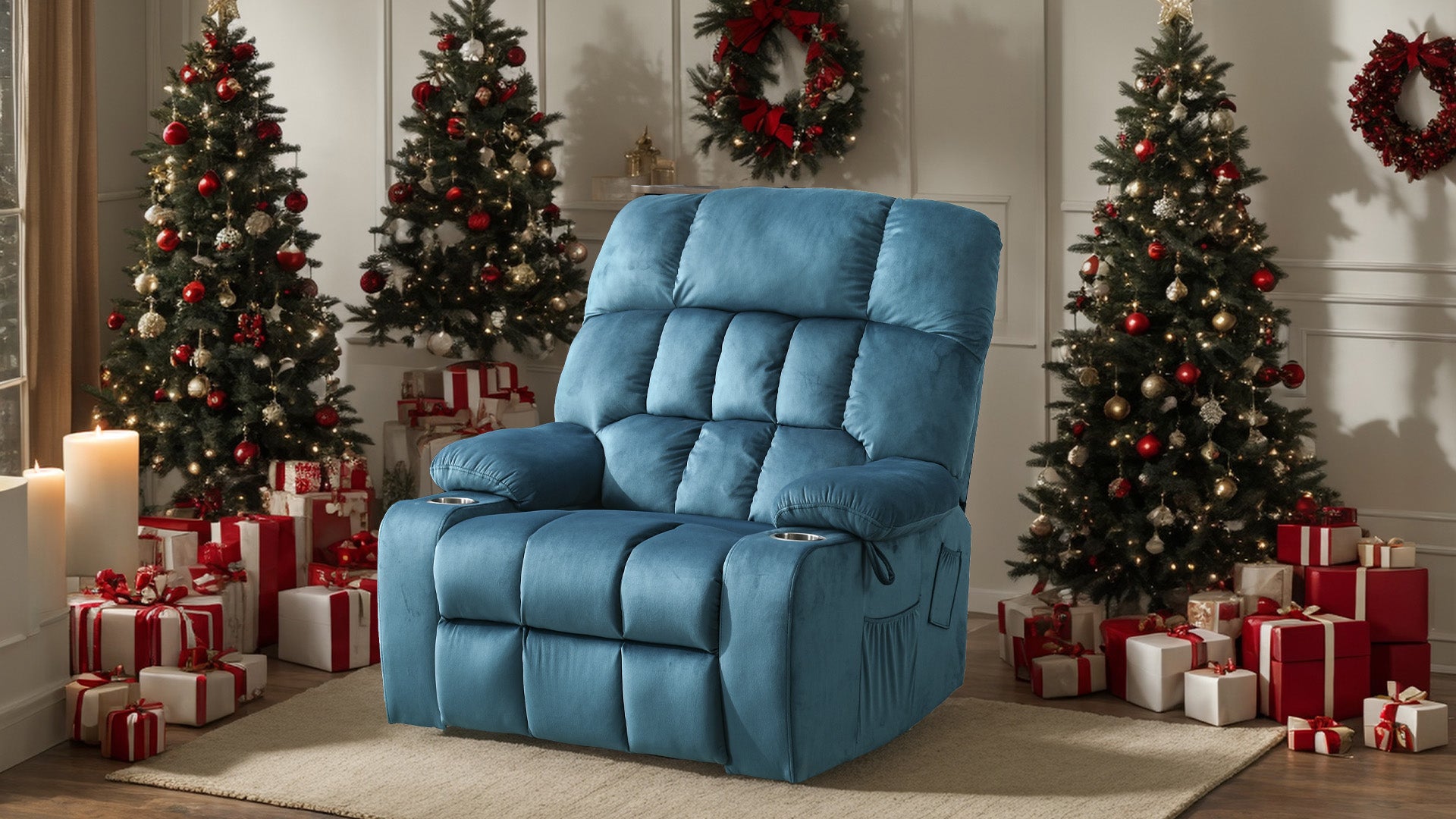
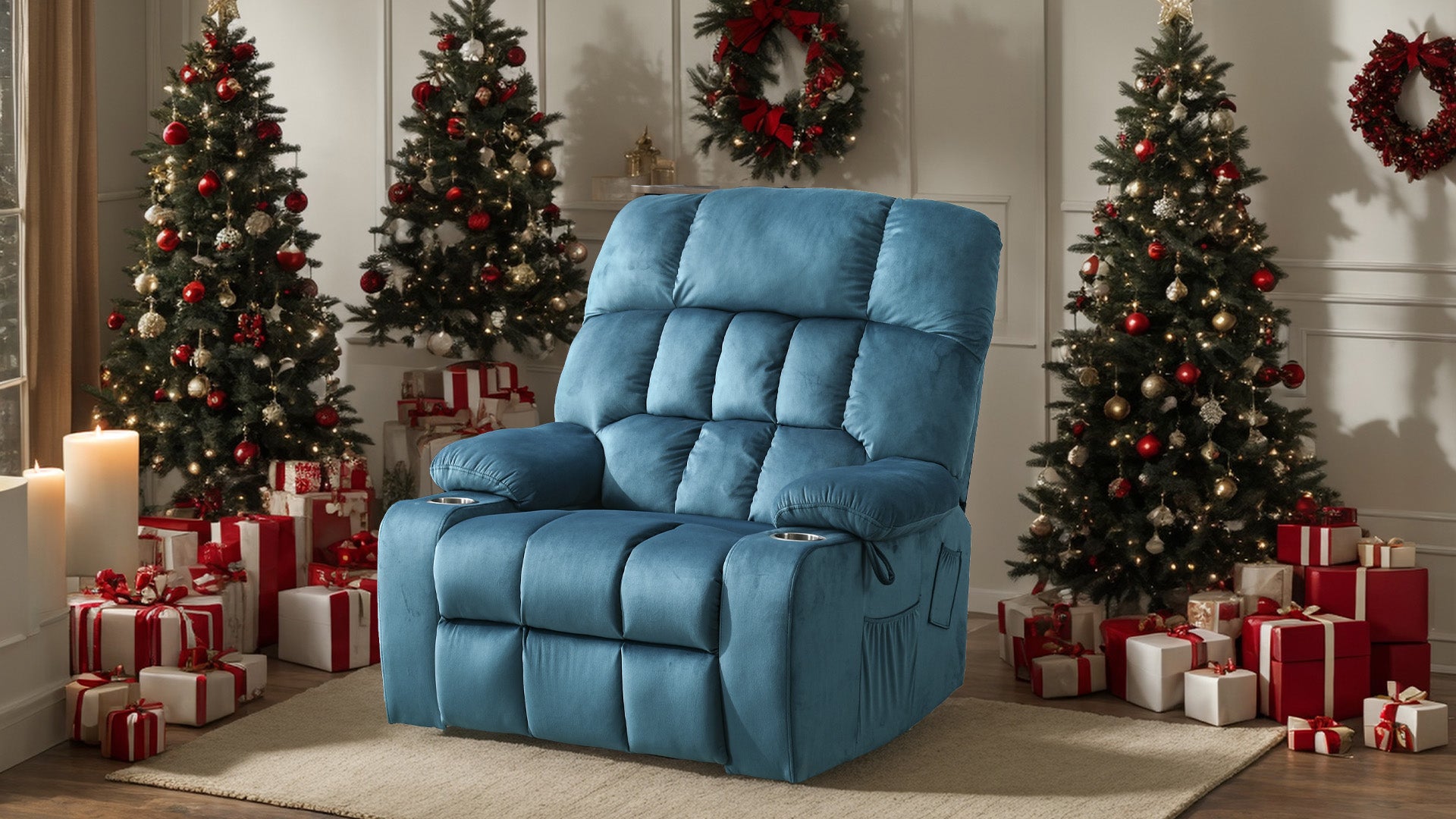
PUG258Y Lift Chairs | Lift with Love: Put Yourself and Families First.
Stable lift chair-Serving Up Comfort and Convenience, Driving Health, Delivering Joy, and Uplifting Lives Every Day!
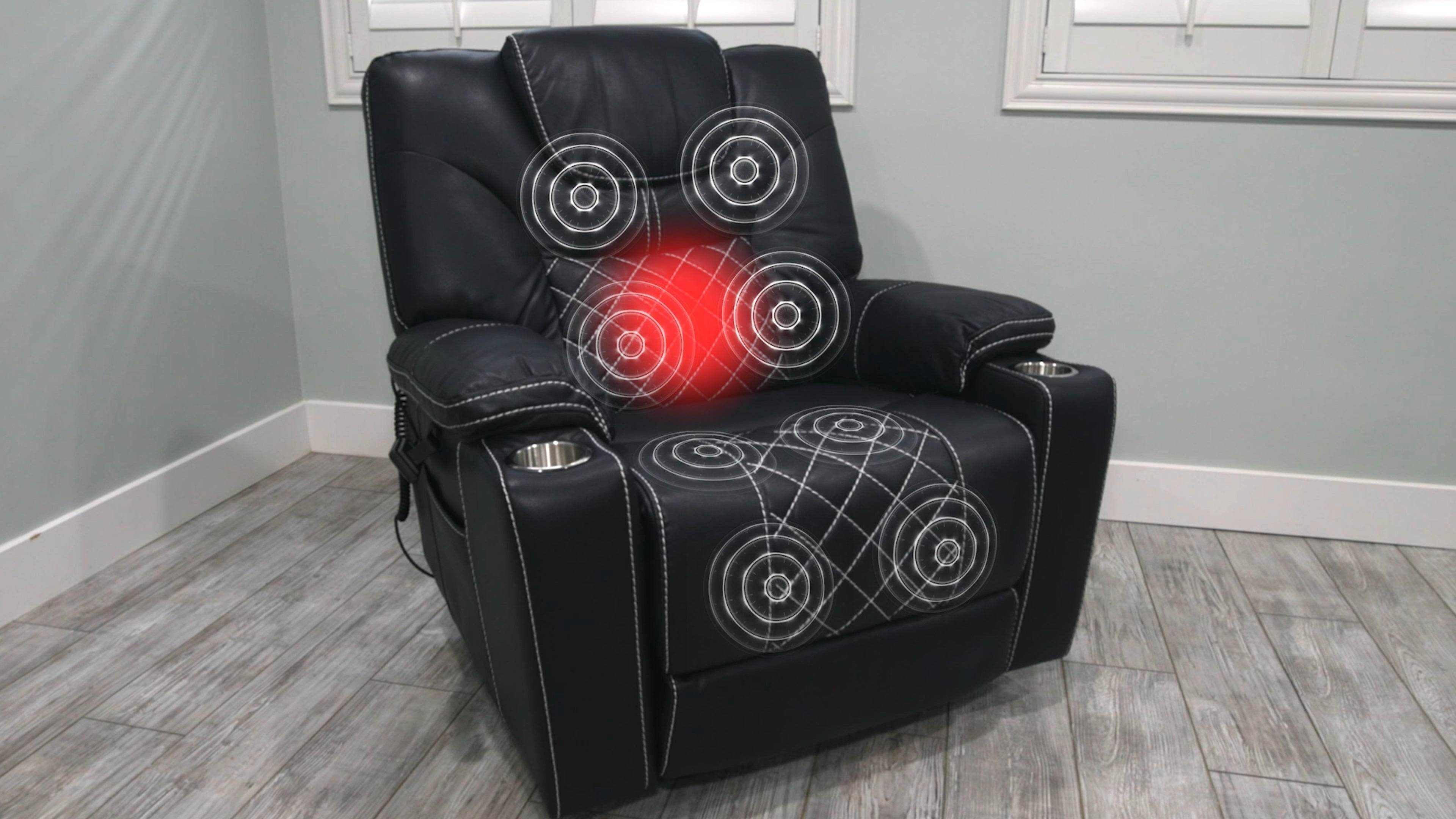
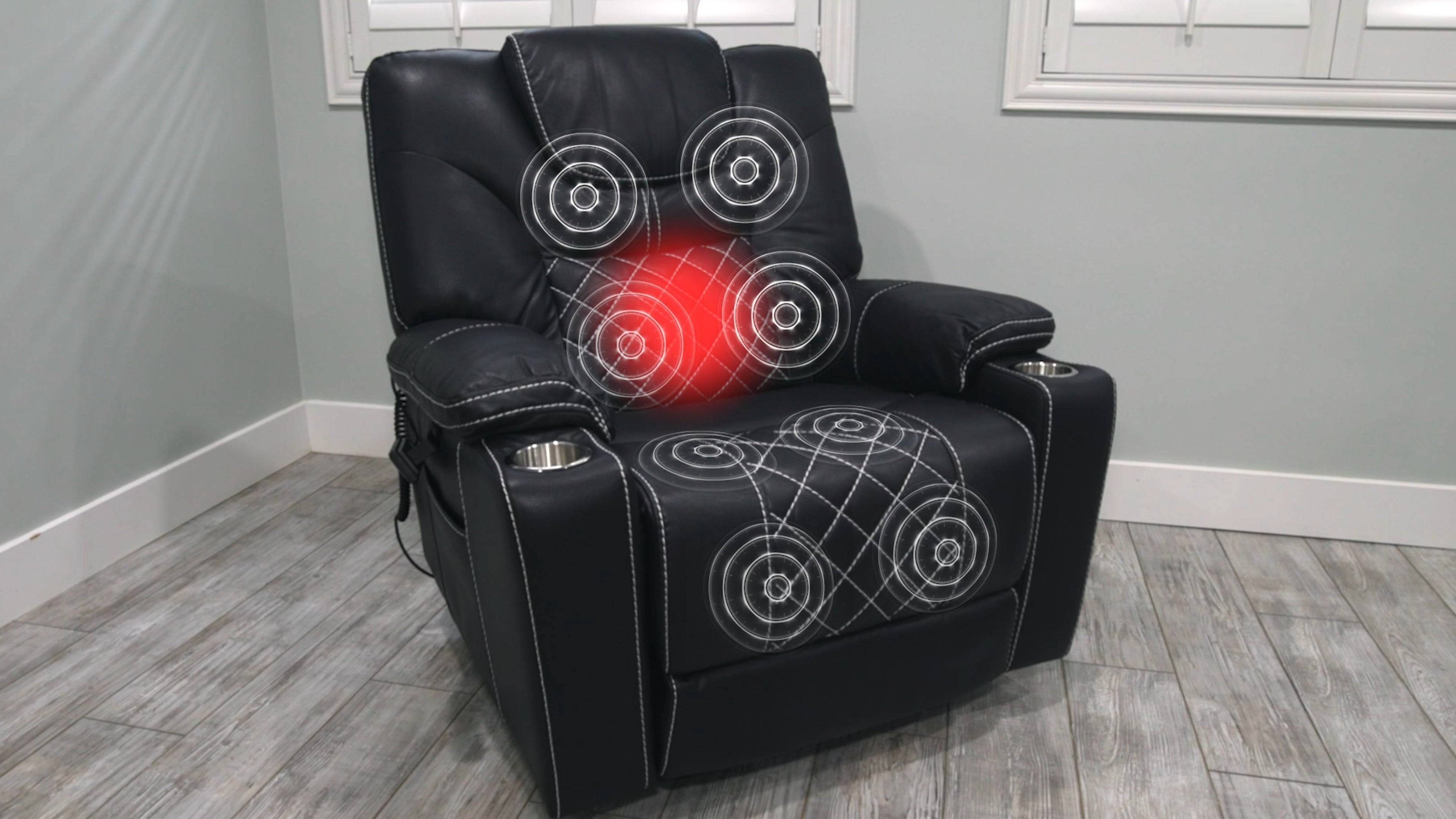
PUG258Y Lift Chairs | Lift with Love: Put Yourself and Families First.
Stable lift chair-Serving Up Comfort and Convenience, Driving Health, Delivering Joy, and Uplifting Lives Every Day!

Daul OKIN Motors

Single OKIN Motor

Zero Gravity Electric Recliner

Sectional Sofa

Four OKIN Motors
PUG258Y · CHAIR
PUG258Y · CHAIR
PUG258Y · CHAIR
PUG258Y · CHAIR
PUG258Y · CHAIR
PUG258Y · CHAIR
PUG258Y · CHAIR
PUG258Y · CHAIR
PUG258Y · CHAIR
PUG258Y · CHAIR
PUG258Y · CHAIR
PUG258Y · CHAIR
PUG258Y · SOFA
PUG258Y · SOFA
PUG258Y · SOFA
PUG258Y · SOFA
PUG258Y · SOFA
PUG258Y · SOFA
PUG258Y · CHAIR
PUG258Y · CHAIR
PUG258Y · CHAIR
Welcome a New Family Member for Year-Round Cheer
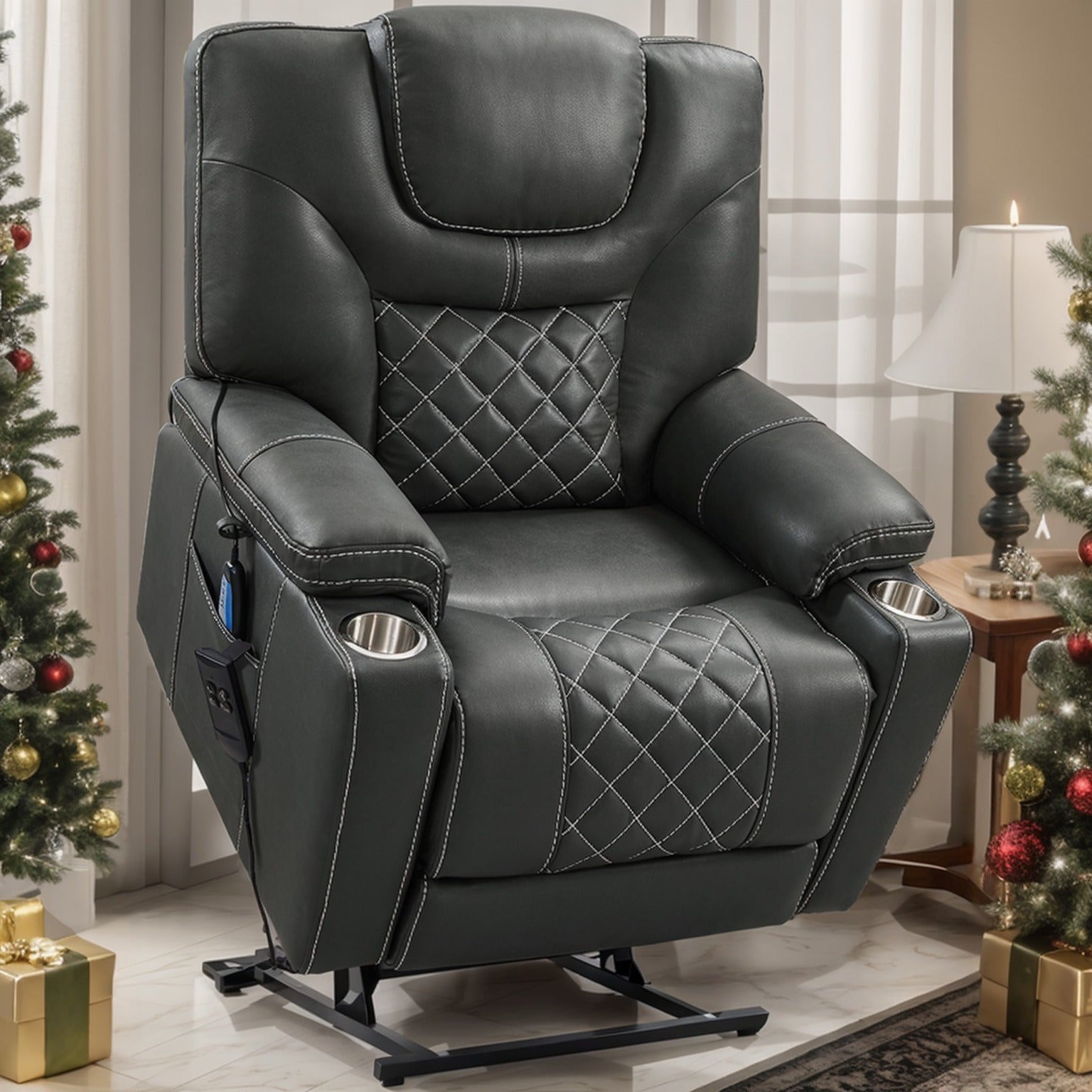
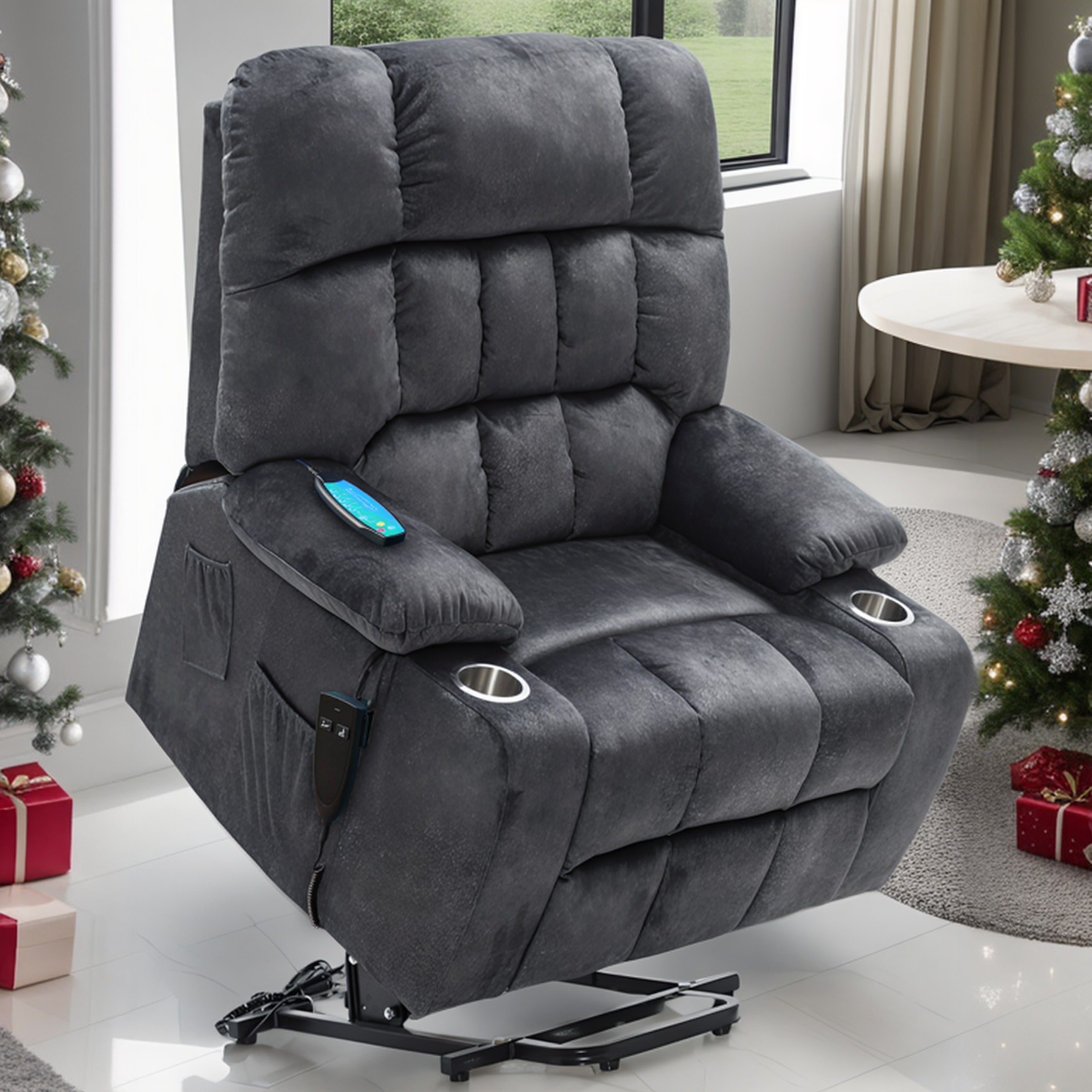
9688 Big and Tall Seniors Lift Recliner
Learn More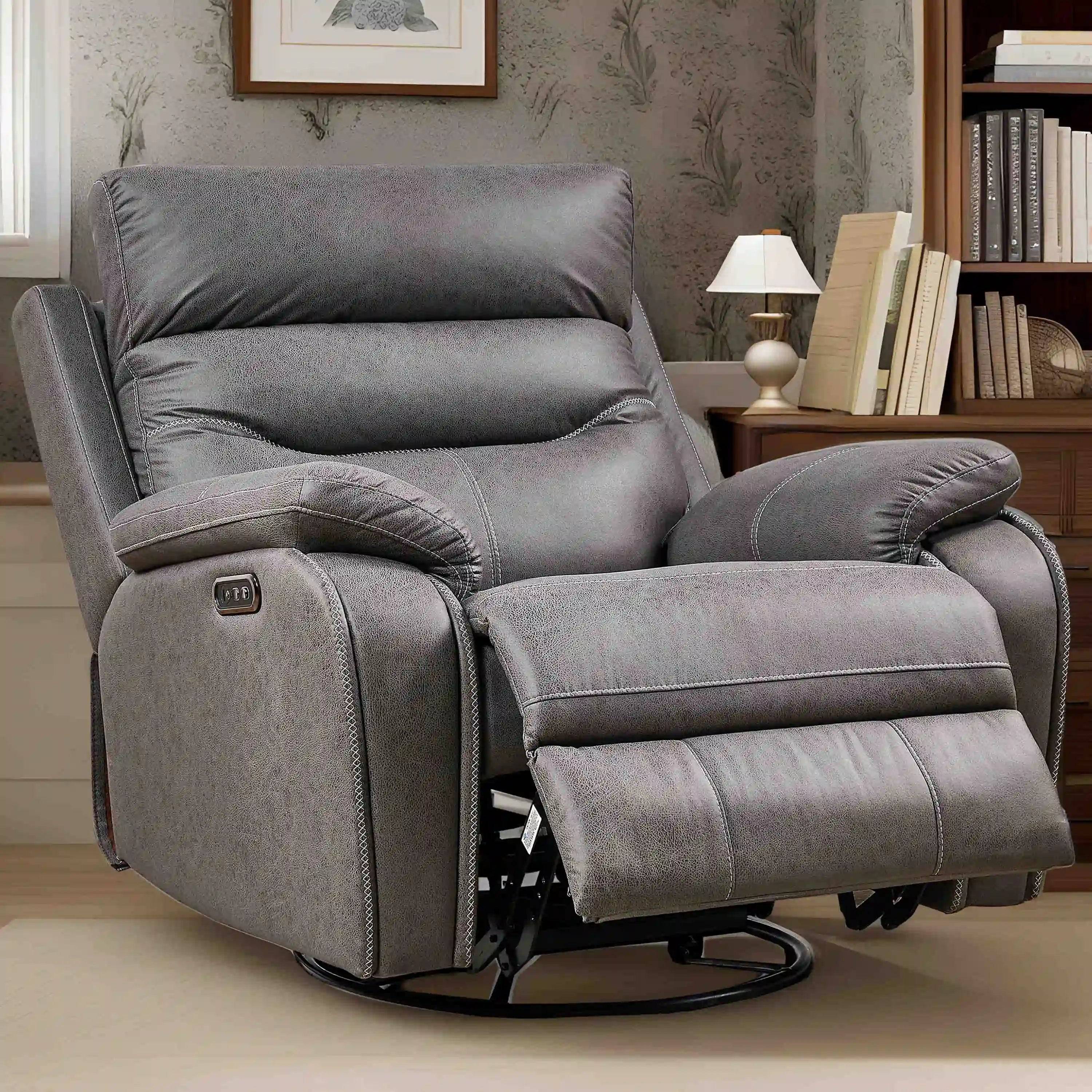
Power Glider Recliner Rocking Chair
Learn More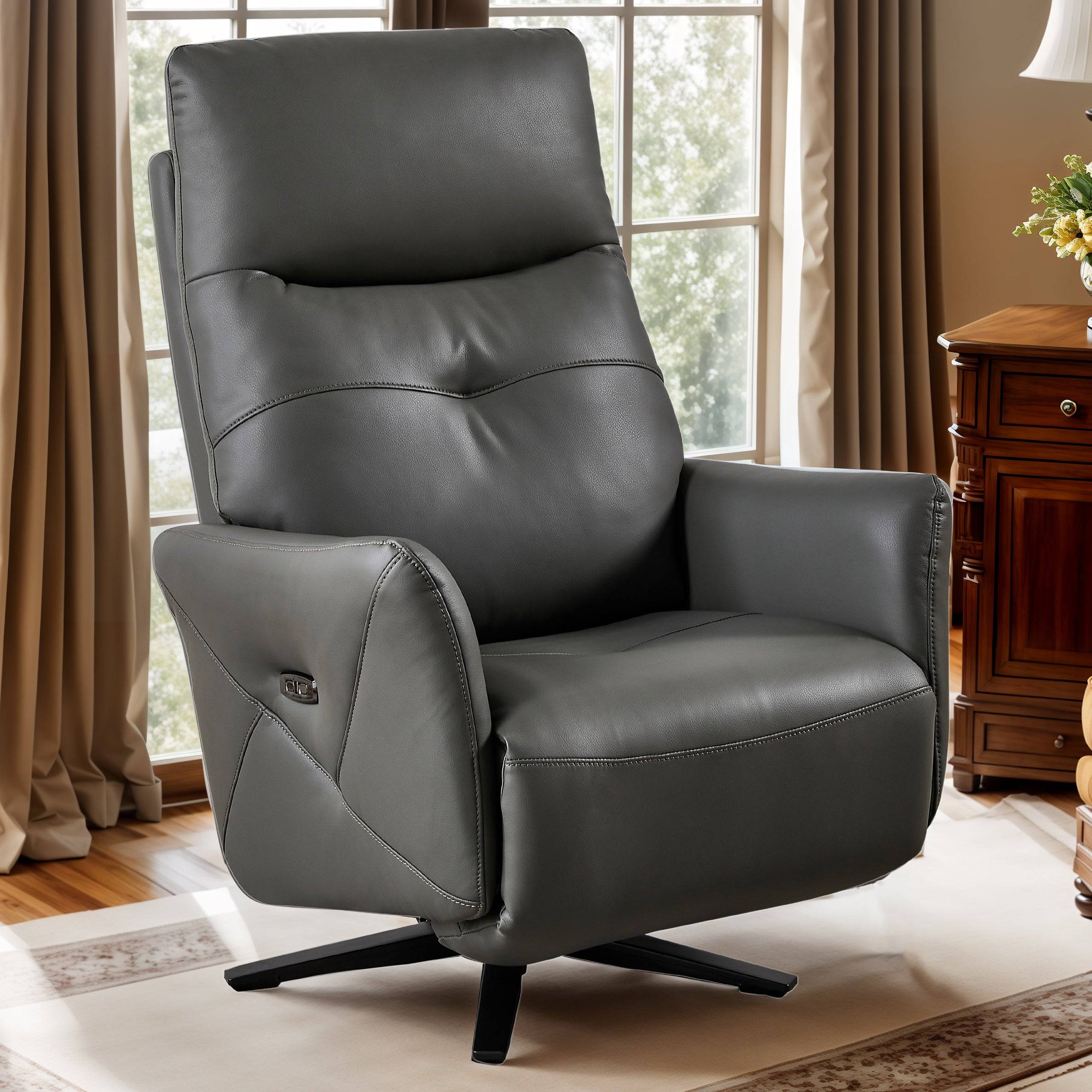
9991 Adjustable headrest Living Room Chair
Learn MoreWhat Makes We Unique?

Stylish & AffordablePieces Ship From US.
Fast & Free Shipping Sitewide.
Free & Safe 30-Day Price Guaranteed
Free & Safe 30-Day Price Guaranteed
More Benefits for Members:
Giveaway for members only
Redeem points for prizes
We asked our customers to tell us about the real conditions in which they use the PUG258Y recliner.
Report No pain when sitting for a long time
Report Recliner comfort is very soft and skin friendly
Report Very easy to assemble yourself
Report Massage function satisfies most needs
See What They Say? - Honest Review

So comfortable our friends fight over it! -On Review
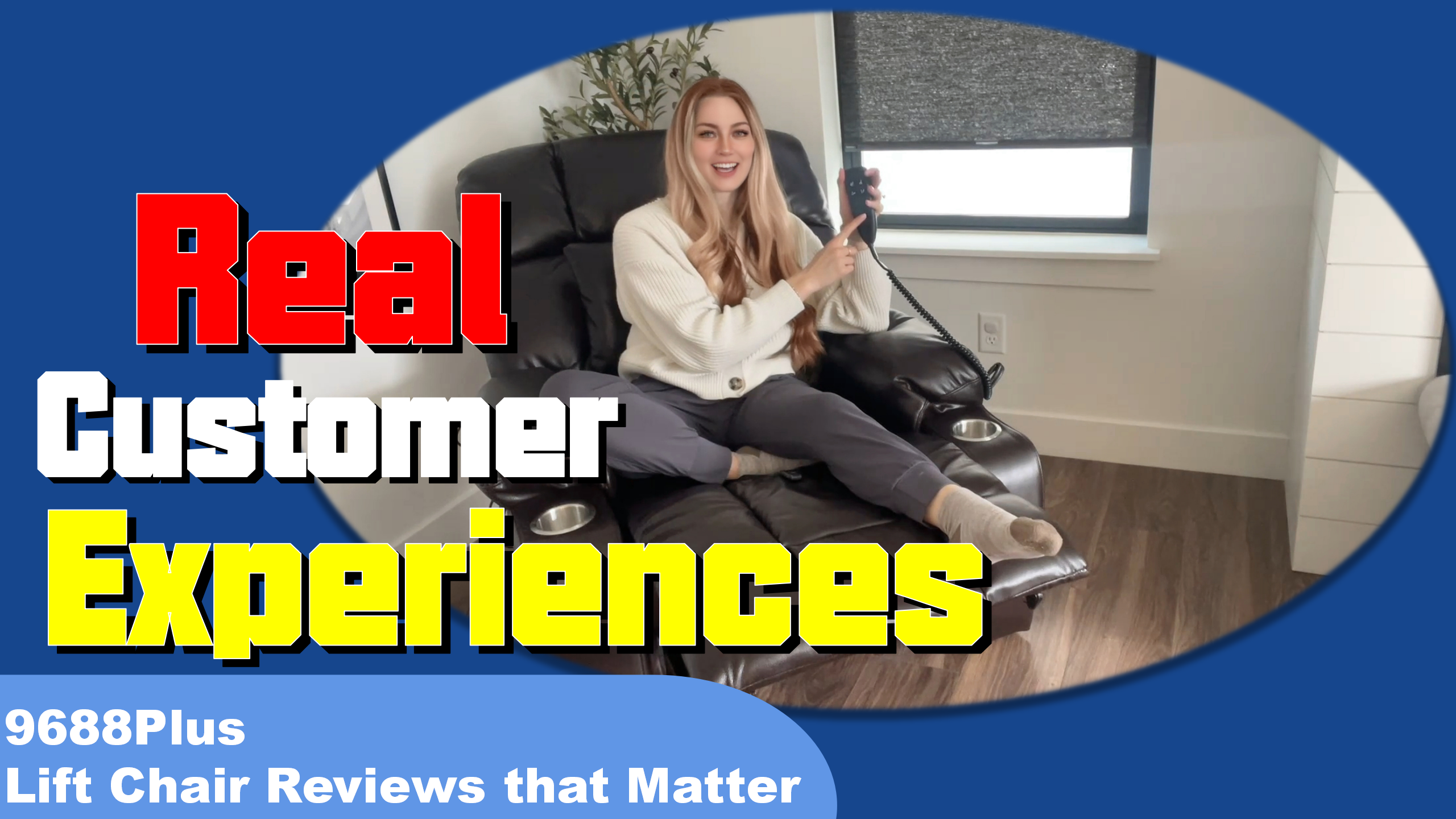
Real Customer Eeperiences-On Review
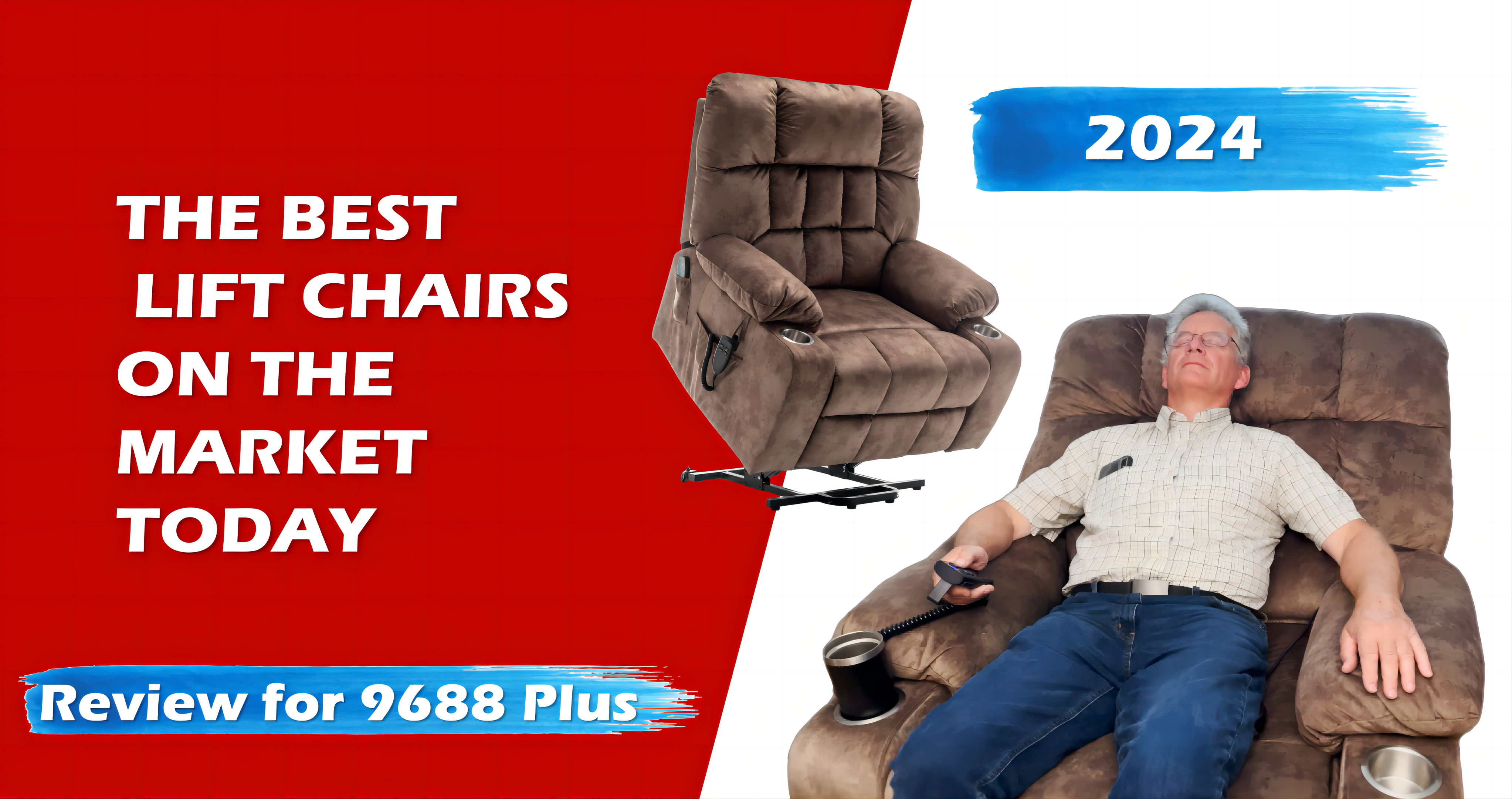
THE BEST LIFT CHAIRS ON THE MARKET TODAY-On Review
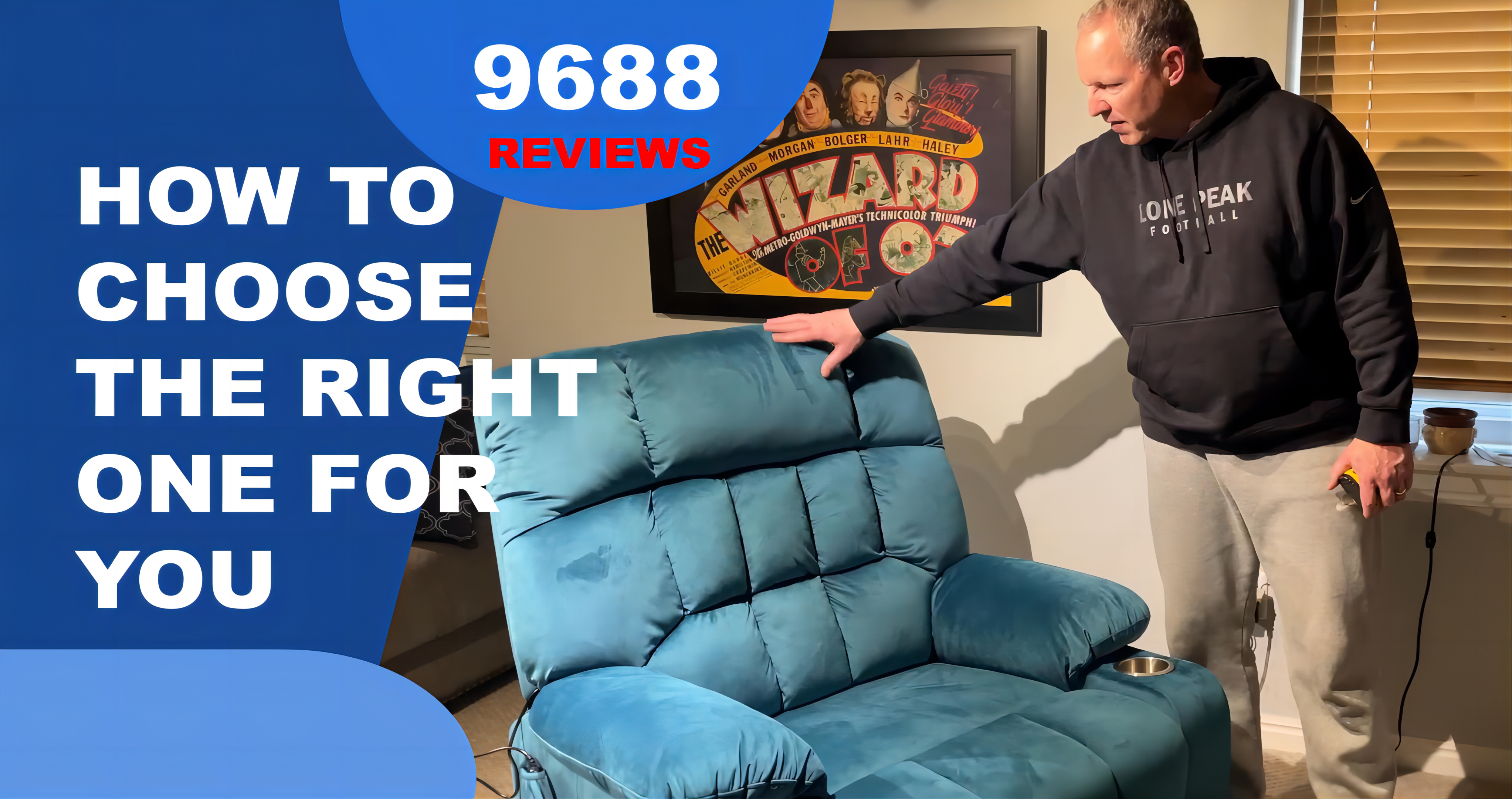
How TO CHOOSE THE TIGHT ONE FOR YOU-On Review
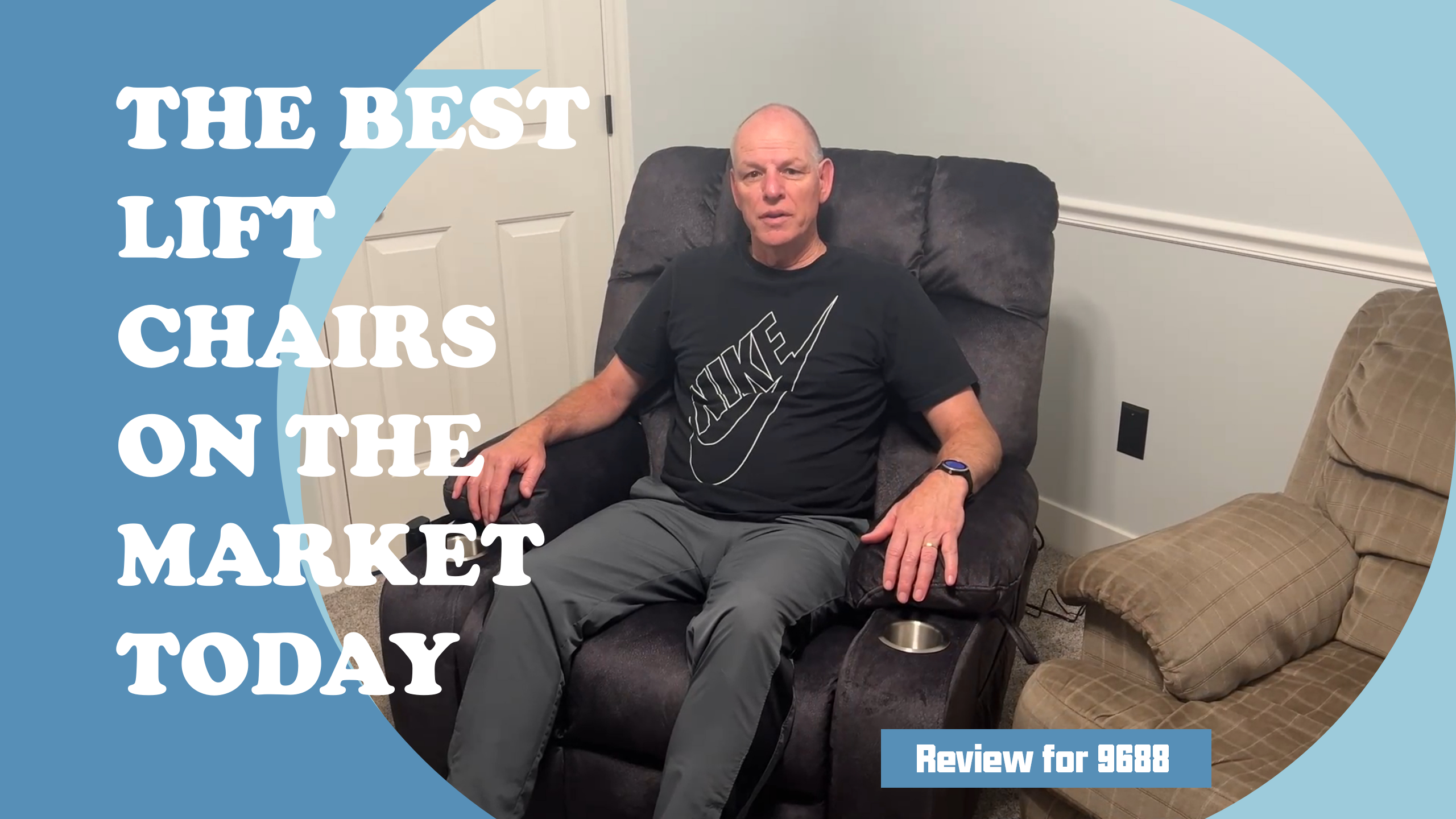
the best lift chairs on the market today-On Review
Read Our Blog

The Best Knee Support for Running: A Comprehensive Review
Understanding Knee Health and the Elderly Population The Importance of Knee Health in the Elderly Knee health is crucial for older adults. It affects their ability to move and stay independent. Good knee health lets seniors do daily tasks easily. They can walk, climb stairs, and enjoy activities. Healthy knees reduce the risk of falls. Falls can be very dangerous for the elderly. Knee problems can cause pain and limit movement. This may lead to less activity and social isolation. It can also affect mental health. Depression is common in seniors with knee issues. Taking care of knees helps maintain overall quality of life. It allows older adults to stay active and engaged. Good knee health supports a happier, more fulfilling life for seniors. It's key to maintaining independence and enjoying retirement years. Factors Affecting Knee Health and Mobility Many things can impact knee health in older people. Age is a big factor. As we get older, our joints wear down. Arthritis is common and can cause pain and stiffness. Being overweight puts extra stress on knees. Weak muscles around the knee can lead to problems. Past injuries may cause ongoing issues. Some people have a family history of knee problems. Certain medications can affect joint health. Even the weather can make knee pain worse. Lack of exercise can weaken knee joints. Poor posture can also affect knee health. Improper footwear may lead to knee strain. Understanding these factors helps in managing knee health. It's important to address any issues early to prevent bigger problems later. Best Practices for Maintaining Healthy Knees Physical Exercise and Knee Support Regular exercise is key for healthy knees. Low-impact activities are best for older adults. Swimming and cycling are gentle on the joints. Walking is a simple and effective exercise. Strength training helps support the knee joint. It's important to focus on leg muscles. Yoga and tai chi can improve balance and flexibility. These exercises can help prevent falls. Using knee supports during activity can help. They provide stability and reduce pain. It's crucial to warm up before exercising. Cooling down and stretching after are also important. Listen to your body and don't overdo it. If something hurts, stop and rest. Proper form during exercises is vital. Start slowly and gradually increase intensity. A physical therapist can guide you on safe exercises. Nutrition and Weight Management Diet plays a big role in knee health. Eating the right foods can reduce inflammation. Fruits and vegetables are important. They provide vitamins and minerals. Omega-3 fatty acids are good for joints. You can find them in fish and nuts. Calcium and vitamin D help keep bones strong. Maintaining a healthy weight is crucial. Extra weight puts stress on knee joints. Drinking water helps keep joints lubricated. It's best to avoid processed foods. They often have too much sugar and salt. Some people find supplements helpful. But always talk to a doctor first. Eating small, balanced meals throughout the day is good. A dietitian can help create a meal plan for knee health. Choose foods that support overall joint health. Regular Check-Ups and Medical Advice Seeing a doctor regularly is important for knee health. They can catch problems early. Tell your doctor about any pain or stiffness. Follow their advice for knee care. They might suggest specific exercises. Or they could recommend lifestyle changes. Physical therapy can be very helpful. It can strengthen muscles and improve flexibility. X-rays or MRIs might be needed sometimes. These tests help doctors see what's going on inside the knee. Don't ignore ongoing knee pain. Early treatment can prevent bigger issues. Keep a record of your symptoms. This helps your doctor understand your condition better. Ask about new treatments for knee problems. Stay informed about your options. Regular check-ups can help maintain knee health. Innovative Approaches to Knee Care and Support Advancements in Knee Support Systems New knee supports are better than ever. They're more comfortable and work better. Some use special materials that move with you. Others are made for specific activities. Compression sleeves can help blood flow. Braces with straps let you adjust the support. Some supports use heat to help with pain. Others have cooling effects to reduce swelling. There are even smart knee supports now. They can track how you move and give feedback. You can find lightweight options for all-day wear. Some are made just for people with arthritis. When choosing a support, make sure it fits well. It should feel comfortable when you wear it. Ask a doctor or physical therapist for recommendations. Try different types to find what works best for you. The Role of Medical Technology in Knee Health Technology is changing how we care for knees. 3D printing can make custom knee parts. Robotic surgery helps doctors be more precise. Stem cell therapy might help repair joints. Wearable devices can track knee health. Virtual reality is used in knee rehab. AI helps doctors diagnose knee problems. Telemedicine lets you talk to doctors from home. New imaging tools show detailed views of knees. In the future, gene therapy might treat knee issues. It's good to know about new tech options for knee health. They might help you or someone you know. Ask your doctor about the latest tech for knee care. Stay open to new treatments that could improve your knee health. Preventative Measures and Rehabilitation Strategies Preventing knee problems is important. Good posture helps reduce knee strain. Wear shoes that support your feet well. Use walking aids if you need them. Learn how to lift things safely. Avoid activities that hurt your knees. Practice exercises to improve your balance. This can help prevent falls. If you're recovering from a knee injury, follow a plan. Start with gentle exercises to improve movement. Slowly build up strength and flexibility. Use ice or heat as your doctor suggests. Try low-impact cardio to stay fit. Work with a physical therapist if you can. They can create a plan just for you. Be patient with your progress. Celebrate small improvements in your knee health. Stay consistent with your rehab routine for best results.
Read More >
Lifestyle Changes to Combat Hypertension: An Expert's Perspective
Understanding High Blood Pressure and Its Risk Factors The Basics of High Blood Pressure High blood pressure, or hypertension, is when blood pushes too hard against artery walls. Normal blood pressure is below 120/80 mmHg. High blood pressure is 130/80 mmHg or higher. It often has no clear signs. That's why it's called the 'silent killer'. Regular check-ups can catch it early. If not treated, it can lead to serious health issues. These include heart disease, stroke, and kidney problems. Your heart works harder when blood pressure is high. This can weaken your heart over time. Knowing your numbers is key. Talk to your doctor about what your blood pressure means for you. They can help you understand your risk and how to manage it. Identifying Common Risk Factors Several things can raise your risk of high blood pressure. Age is a big factor. As we get older, our risk goes up. Family history plays a role too. If your parents had it, you might get it. Being overweight makes it more likely. What you eat matters a lot. Too much salt and not enough potassium can be bad. Not moving enough is another risk. Smoking and drinking too much alcohol can raise blood pressure. Stress can make it worse. Some health issues, like diabetes, also increase the risk. Race can be a factor too. African Americans are at higher risk. Knowing these risks can help you make better health choices. Talk to your doctor about your personal risk factors. Birth Control and Its Impact on Blood Pressure How Birth Control Pills Work Birth control pills use hormones to prevent pregnancy. They stop the body from releasing eggs. The pills also make it hard for sperm to reach an egg. There are two main types of pills. Combined pills have estrogen and progestin. Mini-pills only have progestin. These hormones can affect different parts of your body. They might change how your blood clots. They can also affect your blood sugar and blood pressure. The pill can have good and bad side effects. Some women have lighter periods. Others might feel sick to their stomach. It's key to talk to your doctor about which pill is right for you. They can help you weigh the pros and cons of each type. Potential Effects on Blood Pressure Some birth control pills might cause a small rise in blood pressure. This is more likely with pills that have estrogen. Women over 35 or who smoke have a higher risk. Most women won't see a big change in their blood pressure. But for some, the increase could be more noticeable. If you already have high blood pressure, the change might be bigger. Not everyone will have this side effect. Your doctor can help you watch for any changes. If you notice your blood pressure going up, tell your doctor right away. They might need to change your birth control method. The risk is usually small, but it's important to be aware. Regular check-ups can help catch any issues early. Strategies to Manage High Blood Pressure with Birth Control Monitoring Blood Pressure Regularly Checking your blood pressure often is key when using birth control. This is extra important if you've had high blood pressure before. Your doctor might want you to check more often when starting a new pill. You can use a home blood pressure monitor. Keep track of your readings in a notebook. Share this info with your doctor at check-ups. If you see your numbers going up a lot, call your doctor. They might need to change your birth control method. Regular checks help catch problems early. Your doctor can teach you how to use a home monitor correctly. They can also help you understand what your numbers mean. Don't skip your regular check-ups, even if you feel fine. Adopting a Healthy Lifestyle and Diet A healthy lifestyle can help control blood pressure while on birth control. Eat lots of fruits and veggies. Cut back on salt and fatty foods. Choose whole grains instead of white bread or pasta. Drink less alcohol. If you smoke, try to quit. Keep a healthy weight by eating right and staying active. Small changes can make a big difference in your blood pressure. Talk to your doctor about diet tips that work for you. They can help you make a plan that fits your life. Remember, what you eat affects your whole body. A good diet can help manage blood pressure and overall health. It's not just about the pills, but your whole lifestyle. Every healthy choice counts. Incorporating Exercise and Stress Management Techniques Exercise is great for managing blood pressure. Try to move for 30 minutes most days. Walking, swimming, or biking are good choices. You can also try lifting weights. Start slow and build up over time. Don't forget about stress control. Take deep breaths when you feel stressed. Try meditation or yoga. These can help lower your blood pressure. Get enough sleep each night. Aim for 7-9 hours. Find ways to relax that work for you. Maybe it's reading a book or listening to music. These steps can help keep your blood pressure in check while on birth control. Regular exercise and stress management can improve your overall health too. They might even help with other side effects of birth control. Talk to your doctor before starting any new exercise plan. In summary, birth control can affect blood pressure, but it doesn't always cause problems. Keep an eye on your numbers and live a healthy life. This can help manage any risks. Always talk to your doctor about your birth control options. They can help you find the best choice for your health. Remember, everyone is different. What works for one person might not work for another. Stay informed and work closely with your healthcare team. Your health is important, and you have the power to take control of it.
Read More >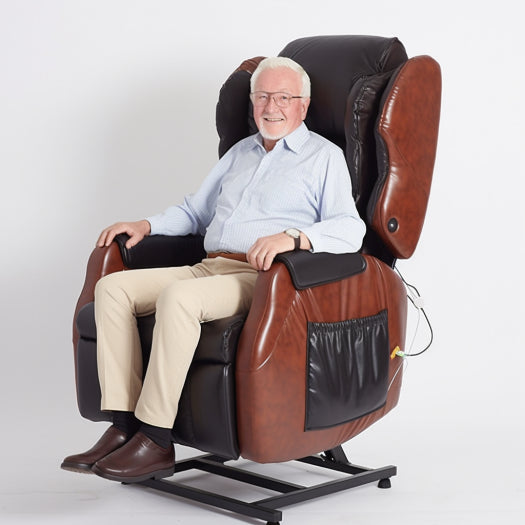
Elevating Accessibility: Expert Reviews on Power Assist Lift Chairs
Understanding Power Assist Lift Chairs: A Primer The Mechanism Behind Power Assisted Lifts Power assist lift chairs have a simple goal: to help people stand with ease. Inside, a motor powers a lifting system. This system gently tilts the chair forward. It does this when a user pushes a button. As the chair tips, the person gets help to move to a standing position. It's like a personal assistant, but built into a chair. Most lifts are smooth and quiet, offering a seamless assist. They come in various designs to suit different needs and homes. The main parts are a base, a motor, and a hand control. These work together for safe and reliable lifts. The Importance of Ergonomics in Lift Chairs Ergonomics play a vital role in the design of power assist lift chairs. These chairs support the body's natural posture. They reduce strain on key areas like the back, neck, and legs. An ergonomic lift chair can adjust to fit various body sizes and shapes. This ensures that users maintain a healthy sitting position. Proper support prevents discomfort and long-term health issues. It allows for extended periods of use with minimal fatigue. Features like adjustable armrests and lumbar support add to the chair's ergonomic benefits. Users gain a lift chair that responds to their physical needs. This fosters independence and enhances overall comfort. Evaluating the Best Power Assist Lift Chairs Key Features to Look for in a Lift Chair When shopping for the best power assist lift chair, consider key features. Look for sturdy construction and a robust frame to ensure durability. Pick a chair with an intuitive control system for easy operation. Check for multiple reclining positions for comfort. Make sure the lift system is smooth and quiet. A good chair should have a backup power source in case of outages. Look for chairs with extra features like heating or massage functions. Lastly, choose a chair with a warranty for peace of mind. Top-Rated Power Assisted Lift Chairs in the Market When picking a top-rated power-assisted lift chair, expert opinions matter. These chairs offer comfort and support. They also aid those with mobility issues. Many models in the market vary in features and quality. Here are some of the bests: The CozyComfort LR-835 Lift Recliner is known for its plush design. Pride’s Infinity Collection LC-525i offers a wide range of positions. Golden Technologies’ Cloud with Twilight positions the body perfectly. The UltraComfort StellarComfort UC550 has a unique ‘Eclipse’ technology. Merax’s Power Lift Chair and Recliner is great for tight budgets. It's clear. These chairs define durability, comfort, and innovation. They help users lead a more active life. Always pick a chair that fits personal needs and space. Consult with experts for the best fit. Impact of Power Assist Lift Chairs on Quality of Life How Power Assisted Lift Chairs Enhance Mobility Power assist lift chairs are vital in boosting mobility for many. These chairs let users sit and rise with ease. They reduce strain on joints and muscles, often a hurdle in moving freely. The chairs come with a motorized mechanism. This eases the transition from sitting to standing. For those with limited strength, the chairs are a game-changer. They allow for more independence in daily life. Users enjoy greater freedom and reduced reliance on others. Thus, the chairs are key in enhancing mobility and independence. Real-Life Stories: The Difference These Chairs Have Made The impact of power assist lift chairs extends far beyond comfort. These chairs have made positive changes in real people's lives. Many have regained independence at home. They can now sit and stand without asking for help. This freedom has boosted their self-esteem. Others have seen notable health benefits. The reduction in strain has lessened their pain. Some have even returned to hobbies they thought they had lost. Each of these stories reaffirms the value of lift chairs. They are not just furniture. They are tools for a better, more active life.
Read More >
does medicare cover recliner lift chairs
Understanding Medicare Coverage for Lift Chairs What Medicare Covers in Lift Chairs Medicare's scope for lift chairs primarily includes the cost of the seat lifting mechanism, which is the vital component enabling the chair to assist users in standing up. The coverage does not extend to the whole recliner chair itself but focuses on this essential part, categorized as durable medical equipment (DME). To be eligible for this benefit, the lift mechanism must be an integral part of the chair's design. It's essential to note that if the chair has additional features such as massage functions or heating pads, Medicare will not cover those costs, as they are considered non-essential enhancements. Qualifying for Medicare Coverage To qualify for Medicare coverage of a lift chair, you must meet certain medical criteria. Initially, you need a doctor's prescription stating that the chair is necessary due to a specific medical condition that affects your ability to stand up from a seated position. Conditions such as severe arthritis or other balance or mobility issues are some common reasons a lift chair may be prescribed. Additionally, you must be able to operate the chair independently or with assistance from someone else. The chair must also be considered as part of your treatment plan and expected to improve your condition or prevent it from worsening. To finalize coverage, the prescription must also come from a doctor enrolled in Medicare, ensuring they meet Medicare's standards for prescribing such equipment. Exploring the Benefits of Recliner Lift Chairs The Mechanism of Recliner Lift Chairs Recliner lift chairs are designed to aid individuals who have difficulty transitioning from a seated position to standing up. At the core of these chairs is a powerful lifting system. This system is usually composed of a metal frame powered by an electric motor. When activated, the frame tilts the chair forward, raising the seat and helping the user to stand up with ease. This mechanism is not only helpful for those with mobility issues but also reduces strain on the back and knees, supporting a smoother and safer rise. Advantages of Dark Blue Recliner Chairs Recliner lift chairs offer numerous benefits, enhancing comfort and mobility for their users. Specifically, dark blue recliner chairs come with their own set of advantages. First and foremost, dark blue is a color that easily blends with a variety of decor styles, making it a versatile choice for any home. It's also known for its calming properties, creating a tranquil atmosphere wherever it's placed. On a practical note, dark blue fabric can effectively hide stains and wear, ensuring that the chair maintains its appealing look for years to come. Moreover, dark blue does not show pet hair as much as lighter-colored fabrics, which is a plus for pet owners. The color choice is not only about aesthetics; dark blue can also have a higher resale value due to its popular demand. It's important to note that while Medicare may cover the lift mechanism, it does not cover the cost based on color preferences, including dark blue. However, owning a chair that meets both your functional needs and style preferences can greatly enhance your quality of life. Steps to Obtain a Medicare-Covered Lift Chair Documentation and Prescription Requirements To acquire a Medicare-covered lift chair, certain documentation and prescription requirements must be fulfilled. Firstly, your doctor must verify that due to a specific medical condition, you need the chair for mobility purposes. The documentation should include a detailed prescription stating the necessity of the lift chair for standing up due to limited mobility. Additionally, your doctor must provide a certificate of medical necessity (CMN), which indicates that you have been assessed and deemed in need of a lift mechanism. Before applying, ensure you have been seen by the prescribing doctor within the last six months. This documentation is critical to prove that the lift mechanism is a medical necessity and not merely for comfort or convenience. It is important to keep all records organized and accessible for when you submit your Medicare claim. The Process of Filing a Medicare Claim To file a Medicare claim for a lift chair, follow these steps: Obtain a Prescription: After your doctor deems the lift chair medically necessary, get a written prescription. Choose a Supplier: Select a supplier that is approved by Medicare to ensure the lift mechanism is covered. Purchase the Chair: Purchase the lifting mechanism portion of the recliner chair. Remember, Medicare does not cover the full cost of the chair. Submit the Claim: Provide Medicare with the doctor's prescription, your detailed written order, and the receipt from the supplier. Wait for Approval: Medicare will review your claim, and if approved, they will reimburse you for the Medicare-approved amount for the seat lift mechanism. Keep copies of all documents for your records. It may take some time for the claim to be processed, so patience is important. If your claim is denied, you have the right to appeal the decision. For further assistance, you can contact a Medicare representative or a local senior support agency. Types of Lift Chairs Covered by Medicare Features of Covered Lift Chairs Medicare focuses on covering the most critical component of recliner lift chairs: the seat lifting mechanism. This essential feature is what qualifies the equipment as durable medical equipment (DME), which is eligible for coverage. The lift mechanism must be incorporated into the chair's design and be the part that aids the user in sitting down and standing up. Chairs covered by Medicare generally need to have a power lift that can tilt the chair forward, assisting the user to a standing position. It’s vital to ensure that the chair's construction and the lifting system meet Medicare's sturdy and reliable standards. Additional comfort features, such as adjustable backrests or heated seat options, are typically not covered but may enhance the user experience if chosen at the customer's expense. Limitations and Exclusions in Medicare Coverage When it comes to Medicare coverage for lift chairs, it's crucial to understand the limitations and exclusions that apply. Medicare will not cover the entirety of a lift chair. Instead, the coverage is specifically for the seat lifting mechanism, which is the component that assists users in standing up from the chair. This means the rest of the chair, such as the upholstery, frame, and non-mechanical features, are not included in the coverage. Additionally, chairs that feature spring-loaded mechanisms are not covered, as Medicare only covers motorized versions. It's also important to note that Medicare will not provide coverage if the lift chair is intended for convenience rather than a medical necessity. To avoid unnecessary costs, ensure you are clear on what Medicare covers before making a purchase, and consult with a healthcare provider about your specific medical needs and the requirements for coverage. Financial Considerations for Lift Chair Buyers Cost-Sharing and Out-of-Pocket Expenses When buying a lift chair, it's important to understand the financial obligations that come with it. Medicare may cover the cost of the lifting mechanism, but not the entire chair. This means that a portion of the expense, known as cost-sharing, is your responsibility. Typically, you'd be required to meet your deductibles and then pay 20% of the Medicare-approved amount if you have met your Part B deductible. Besides the cost-sharing aspect, there are also out-of-pocket expenses to consider. These can include the remaining cost of the chair, delivery fees, additional features not covered by Medicare, and maintenance costs. It's crucial to budget for these expenses to avoid unexpected financial strain. Tips for Finding Affordable Recliner Lift Chairs When searching for an affordable dark blue recliner lift chair, buyers should consider several money-saving tips. Firstly, it is essential to shop around and compare prices from different suppliers as costs can vary significantly. Look for sales or discount events at furniture stores or online marketplaces, which may offer the best deals. Purchasing a recliner lift chair during off-peak seasons can also potentially lead to lower prices. Secondly, consider buying a gently used or refurbished lift chair, which can be much cheaper than a brand new one without compromising quality. Make sure to check the warranty and return policy when opting for this approach. Additionally, some medical supply stores may have rental options, providing a cost-effective solution for those who need a lift chair on a temporary basis. Lastly, inquire about financing options or payment plans. Many retailers offer these services, allowing buyers to pay for their lift chair in installments. Always check the terms and conditions to ensure the payment plan is manageable and doesn't include hidden fees. By employing these tips, lift chair buyers can make a more economical purchase and enjoy the comfort and assistance that a recliner lift chair provides. Alternative Funding Options for Recliner Lift Chairs Medicaid and Other Insurance Plans While Medicare provides coverage for the mechanical lifting component of a lift chair, it is essential to explore other funding options for purchasing the full chair. Medicaid can serve as a supplemental insurance plan and may offer additional benefits depending on your state's policies. To understand what Medicaid covers, it's important to check with your state's program regarding eligibility and the extent of coverage for durable medical equipment like lift chairs. Besides Medicaid, other private insurance plans may offer partial or full coverage for these chairs. Always review your policy or contact your insurer to confirm what is included in your plan. These alternative insurance plans could significantly reduce your out-of-pocket expenses for a dark blue recliner lift chair. Community and Non-Profit Resources While Medicare may provide assistance with covering the cost of the lifting mechanism in a recliner lift chair, there are other avenues for funding the remainder of the costs. Community organizations and non-profit groups often offer resources to help individuals finance medical equipment like lift chairs. Local charities may have grant programs or might lend equipment directly to those in need. Additionally, service clubs like the Rotary, Lions, or Kiwanis clubs sometimes provide aid or hold fundraisers to support community members requiring medical equipment. It's beneficial to reach out to local senior centers or community resource offices as they often have information on such programs. Checking with local churches or religious organizations, which may have benevolence funds or specific outreaches for healthcare assistance, can also be a resourceful approach. Moreover, condition-specific organizations such as those for arthritis or MS may have programs that support individuals in getting the necessary home equipment. Leveraging these community and non-profit resources can significantly reduce the financial burden of purchasing a recliner lift chair. Maintaining Your Recliner Lift Chair Care and Maintenance Tips Proper care and maintenance can prolong the life of your dark blue recliner lift chair and ensure it remains in good working order. Here are some essential tips: Clean regularly using a soft, damp cloth to wipe down the upholstery, taking care not to soak any of the mechanical parts. Vacuum the crevices to remove dust and crumbs that can accumulate and affect the chair's operation. Avoid placing your chair in direct sunlight to prevent the dark blue fabric from fading. Check the power cords and controls for signs of wear or damage, and replace them if necessary. Lubricate the moving parts annually with a suitable product recommended by the manufacturer to keep the lift mechanism smooth. Tighten any loose bolts and screws as they can compromise the chair's stability and function. If your chair has a battery backup, ensure the batteries are fresh and replace them according to the manufacturer's guidelines. By following these simple steps, you can help ensure that your chair continues to provide comfort and support when you need it most. Troubleshooting Common Issues Dealing with issues in your recliner lift chair can be frustrating. Here's a quick troubleshooting guide: Recliner won't lift: Check the power source, make sure it's plugged in, and confirmation of power supply to avoid simple electrical issues. Noisy operations: Often this can be resolved by lubricating the moving parts. Using the right lubricant is key for smooth functionality. Unresponsive remote control: Change the batteries or ensure it's properly paired with your chair if it's a wireless model. Chair tilts or lifts unevenly: This could indicate an issue with the lifting mechanism. A professional's inspection might be required. Upholstery tears or damage: For minor tears, upholstery repair kits can be a DIY solution. Severe damage may need professional service. Regular maintenance can prevent many of these problems. Always refer to your chair's manual for specific guidelines, and contact the manufacturer or a specialist if issues persist. Frequently Asked Questions How to Renew Medicare Coverage Many individuals wonder about continuing their Medicare benefits for a lift chair. It’s important to understand that Medicare coverage is not a one-time approval. To renew coverage for a lift chair's seat lifting mechanism, you need a new prescription from a Medicare-enrolled doctor. This typically means that you must have a face-to-face medical evaluation which confirms the necessity of the lift chair for your condition. Afterward, your healthcare provider must submit a written order within 45 days of your exam. Keep track of your coverage period to ensure you apply for a renewal before it lapses. Remember to consult with a Medicare representative or your healthcare provider to get the most up-to-date information on renewal processes. Compatibility of Medicare With Other Benefits When considering the compatibility of Medicare with other benefits, it's important to understand how Medicare coordinates with additional insurance plans you might have. For instance, if you have a Medicare Supplement Insurance (Medigap) policy, it may cover some costs not paid by Medicare, such as deductibles and coinsurance. However, Medigap policies do not offer added coverage for lift chairs beyond what Medicare covers. If you're also enrolled in Medicaid, you may find that this joint federal and state program could potentially offer additional financial assistance for lift chairs, especially if you meet specific low-income criteria. Lastly, if you have a long-term care insurance policy, check the terms, as some may include coverage for durable medical equipment like recliner lift chairs. Always consult with your insurance providers to determine the extent of coverage and whether it complements your Medicare benefits.
Read More >

